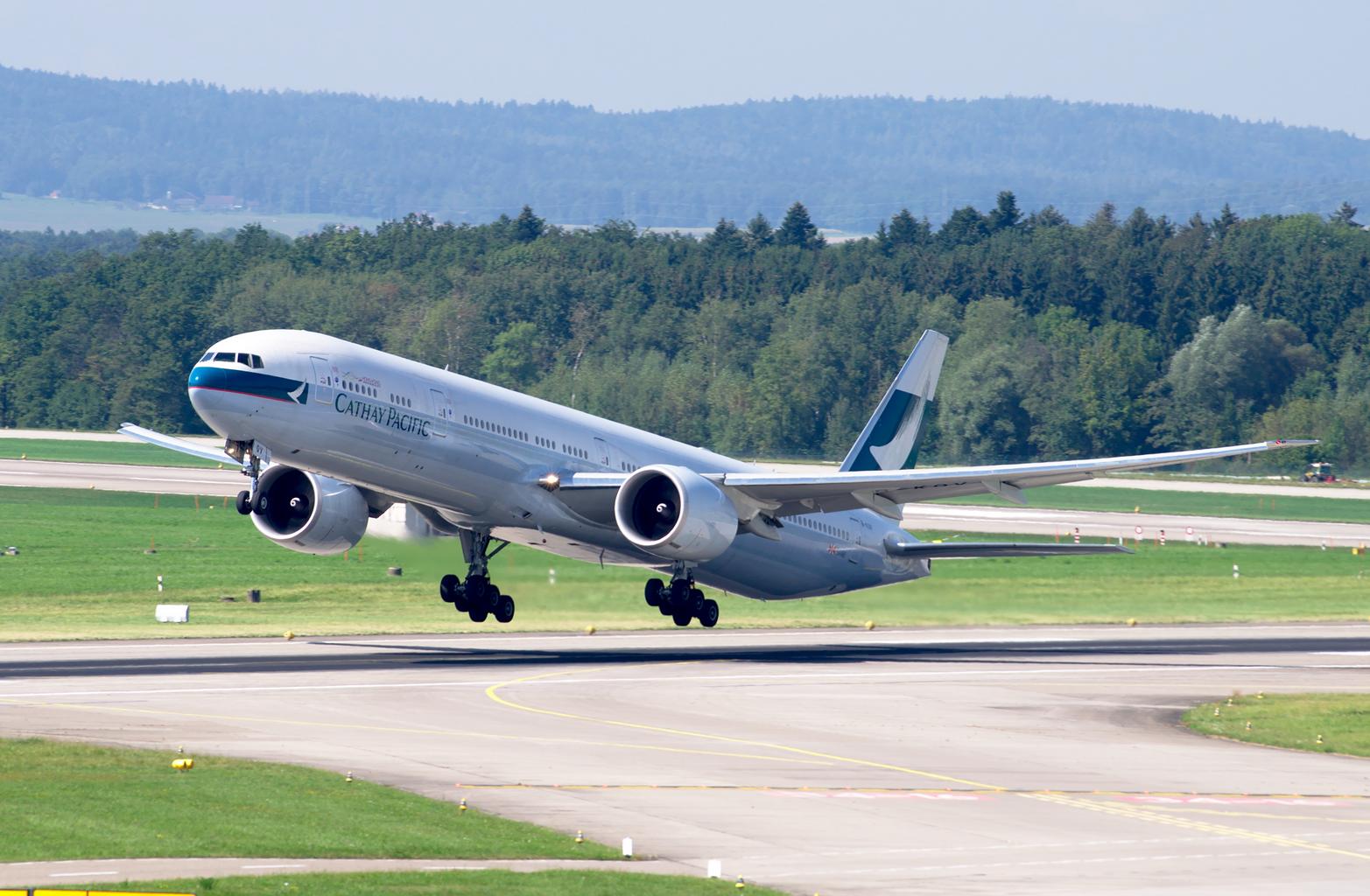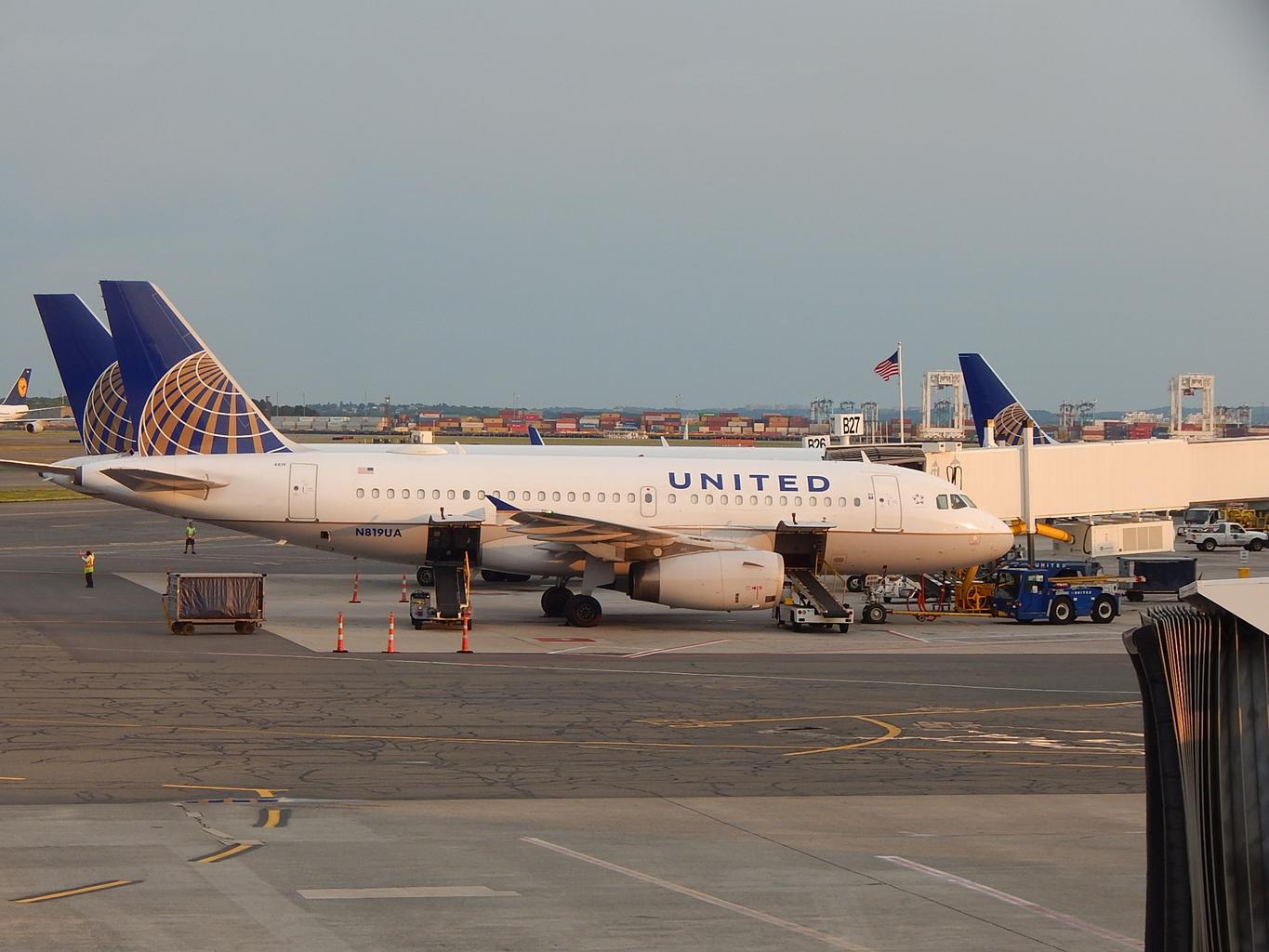Test pilot Ric Webb flying the electric-powered Robinson R44. The Electric Power Unit can be seen attached to the bottom of the R44 and provides about 60 minutes of endurance.
Eco Helicopters plans to begin urban air mobility (UAM) charter flights in Southern California with a fleet of Robinson R44 Raven II helicopters that will be converted to electric propulsion as soon as the supplemental type certificate (STC) is FAA approved. Instead of waiting for the STC and then building an operating network with a fleet of electric-powered R44s, the company aims to grow a UAM-type charter business in normal piston-powered R44s and then transition them to electric power. The UAM flights in the four-seat piston singles will begin in the second quarter of 2021.
According to Eco Helicopters, it will share the benefits of what it says will be a much lower cost of operation from the electric motors with charter customers and the owners of helicopters that will be leased back to the operator. “The idea is to not wait for the final STC but to put aircraft into charter and tours and create that business model and keep expanding. Then we swap out the engine and install the electric power unit,” said Ric Webb, Eco Helicopters CEO and owner and founder of OC Helicopters. “We want to get in business now and not years from now.”
Eco Helicopters is an offshoot of charter company OC Helicopters, which is based at John Wayne Airport in Orange County, California. OC Helicopters, founded by former military and helicopter test pilot Webb, has been flying helicopter tours and charters in California since 2007. The company is located in Palm Springs, California, at the Coachella Valley Economic Partnership Innovation Hub and Accelerator Campus.

The EcoMax Electric Power Unit attaches to the bottom of the R44, replacing the engine but retaining the existing powertrain.
Webb piloted the first test flight of the R44 fitted with the Electric Power Unit (EPU) and made Guinness World Record flights in the electric R44, including a five-minute flight at 400 feet and 80 knots, the first two-person electric helicopter flight, and speed record of 100 knots, and farthest distance.
Now Eco Helicopters says it has everything needed to deliver on the goal of a UAM operation, but with electric flight to be added later. OC Helicopters developed a mobile app for booking helicopter flights in 2018, and that will be updated to a new version under the Eco Helicopters brand. A key feature of the app is that users can book an end-to-end trip that includes Uber ground transportation directly to the airport or heliport location where the helicopter pickup/dropoff takes place.
In transitioning to a UAM operation, Eco Helicopters is adopting a different business model. OC Helicopters currently owns or leases its helicopters, Webb explained, but he didn’t want to try to raise funds to pay for more R44s for the EPU-powered fleet. He felt that offering leaseback opportunities, where individuals buy and lease the R44s to Eco Helicopters, would help the company grow faster. Plus it gives buyers an opportunity to make an early investment in an electric aircraft program that is more than a speculative design with hoped-for future certification.
“I think it’s a little different model than other electric programs out there,” he said. “We put all the pieces of the puzzle together.”
One of those pieces is a partnership with newly formed KiloWatt Aviation, the sales agent for the leaseback R44s, which will be called EcoMax. Buyers will work with Kilowatt to purchase the EcoMax R44 and place it into charter service with Eco Helicopters, where the helicopter will generate revenue for the owner. After the EPU is certified, that revenue should climb significantly because of the much lower operating costs of the electric-powered R44, according to Webb.
“You don’t have to wait five years for an airframe to be developed,” said Gary Bushouse, Kilowatt Aviation’s director of business development. “We are marketing the acquisition of the R44 Raven II with the existing powerplant and when the EPU is ready, at no additional cost, we will retrofit it to allow you to take advantage of the added revenue.”
The EPU will be exclusive to the Eco Helicopters program. “The only way to get an electric-driven R44 will be through our program,” he said. “Taking a larger chunk of direct operating costs out means more profit by operating an eco-friendly aircraft. Any other option will take years, and we don’t see anything with a type certificate on the horizon. This is a total solution. Everything else is an airframer in search of a market.”
Eco Helicopters is working with another company on development of the EPU, which will give the R44 an initial endurance of approximately 60 minutes, according to Webb. The R44s in the program will be new ones equipped with a Garmin G500H-700L TXi touchscreen display, GTN 650Xi GPS navigator, radar altimeter, and other equipment. As a helicopter charter and tour operator, Webb is well aware of noise issues when flying in a heavily populated metropolitan area. The EcoMax R44 will not only be more environmentally friendly but much quieter than its piston-powered competitors. And this will allow Eco Helicopters to expand into new markets where noise and fuel availability prevent helicopters from operating, including popular tourist locales. “There are locations that helicopter operators cannot operate out of due to restrictions on fuel,” Webb said. “Since we don't need fuel, that opens markets that have never been tapped before.”

While Webb isn’t providing many details of the EPU technology yet, he did discuss his experience flying the electric R44. The biggest difference between the piston and electric R44, besides the lack of noise and vibration, is the startup time, which is about one minute. “There is no need to warm up the engine,” he said. “You can bring it up to speed and start lifting.”
As a helicopter pilot, Webb appreciates that unlike a drone or typical electric VTOL aircraft, the EcoMax R44 retains its ability to autorotate safely in case of powerplant failure.
The EPU replaces the R44’s piston engine, basically bolting on to the bottom of the helicopter, but it doesn’t replace the gearbox and other mechanical connections between the engine and rotor system. The EPU includes the battery system, charger, and electric motor.
Notably, the EPU doesn’t change the operating parameters or performance of the R44, which makes certification easier. “The EPU mimics the R44 to a tee,” Webb said. “All we are doing is changing out the powerplant and making it green.” But unlike a piston engine that develops less power at higher altitudes where air is less dense, the electric-powered R44 will deliver the same power level at any altitude. "I have 100 percent of the power 100 percent of the time," he said.
What the buyer gets when purchasing an EcoMax R44 from KiloWatt Aviation is the current piston-powered helicopter and a pre-lease on the EPU. The buyer owns the helicopter but not the EPU and at any time can opt to swap the EPU back to the preserved piston engine and keep the helicopter as a normally configured R44. Owners aren’t buying access to even their own helicopters, however. If they want to fly, they have to charter the R44 EcoMax just like any customer, although there is a discounted rate for owners. This helps preserve operational control under the OC Helicopters charter certificate.
The opportunity to make money on leasing the EcoMax back to Eco Helicopters comes because of the low operating costs. The Lycoming piston engine on the R44 must be overhauled at least every 2,200 hours, but Webb said the EPU motor should last 10,000 to 12,000 hours. And electric motors need little if any maintenance between flights as there are few parts that wear out.
Webb anticipates that flying between the 12 Southern California heliports and airports will help with maintaining a charging network for the EcoMax fleet. The EPU can be charged either by plugging into the grid or swapping out the battery. “Theoretically we could swap the battery almost as fast as we can fill it up with fuel,” Webb said.
"We’re looking forward to bringing in the future now," he said. "It’s time, and we’re going to make things better."
![]()













 30 September 2020
30 September 2020 











